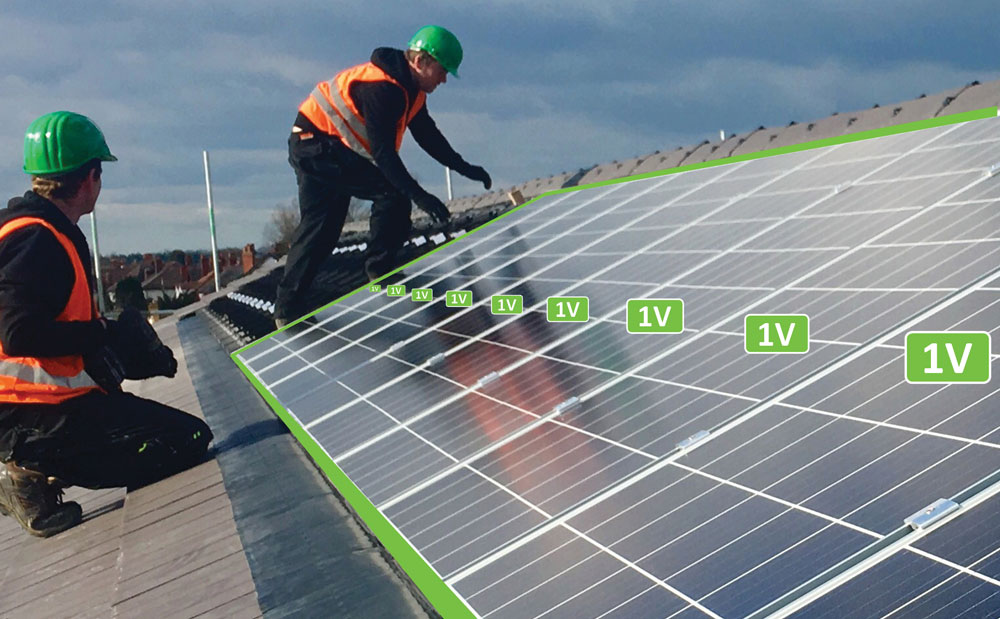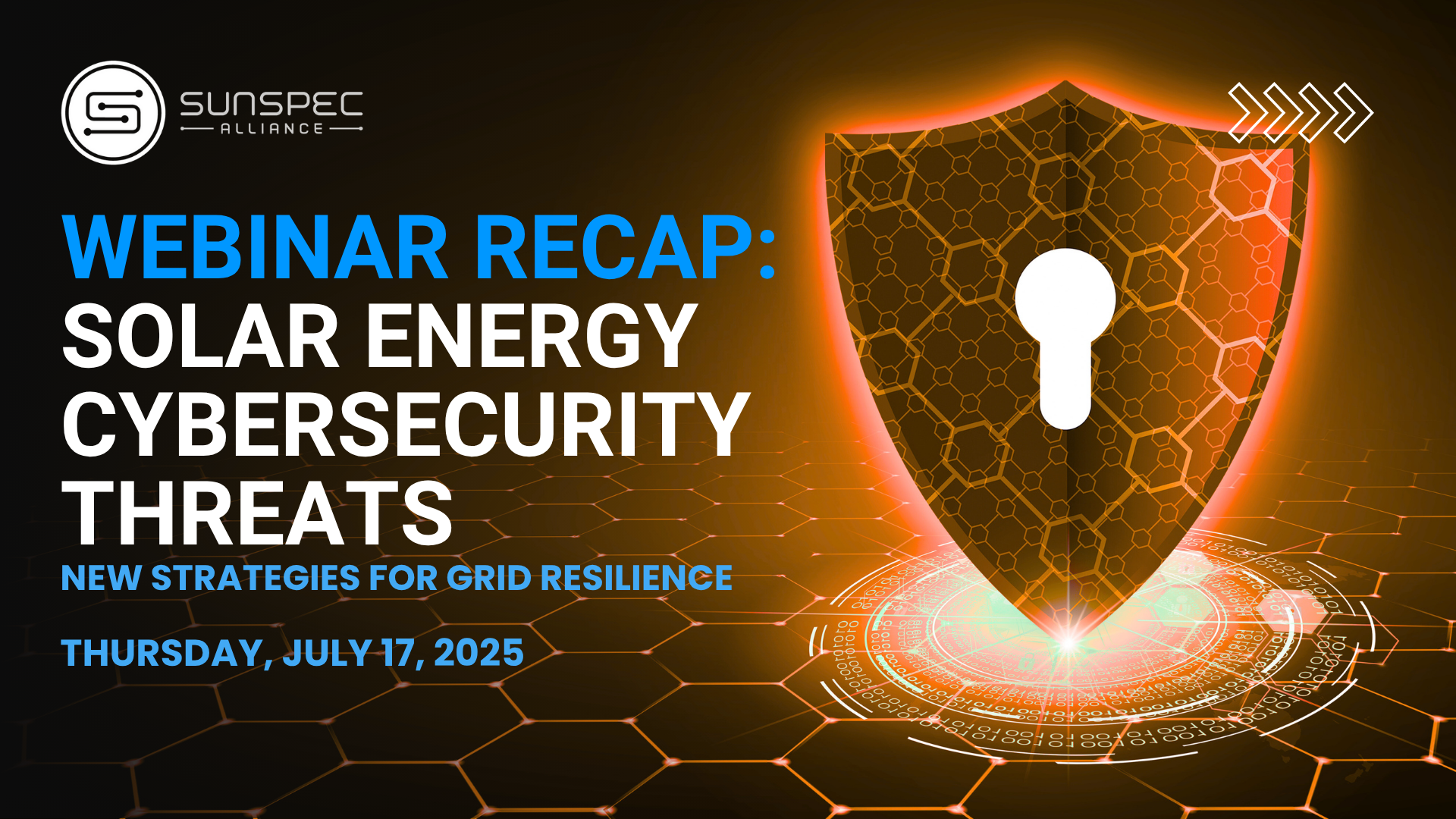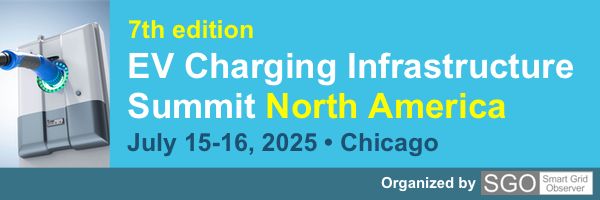
Jan. 1, 2019, is almost upon us, which means the National Electric Code (NEC) 2017 is almost in effect. Not all jurisdictions will be up to speed (hell, some aren’t even up on NEC 2014 yet), but around 24 states will require compliance immediately. We asked a variety of manufacturers about their NEC 2017-ready products, how they work and any advice they have for solar installers to meet the new code.
Code to know
690.12 Rapid Shutdown of PV Systems on Buildings
PV system circuits installed on or in buildings shall include a rapid shutdown function to reduce shock hazard for emergency responders in accordance with 690.12(A) through (D).
(A) Controlled Conductors. Requirements for controlled conductors shall apply to PV circuits supplied by the PV system.
(B) Controlled Limits. The use of the term, array boundary, in this section is defined as 305 mm (1 ft) from the array in all directions. Controlled conductors outside the array boundary shall comply with 690.12(B)(1) and inside the array boundary shall comply with 690.12(B)(2).
1. Outside the Array Boundary. Controlled conductors located outside the boundary or more than 1 m (3 ft) from the point of entry inside a building shall be limited to not more than 30 volts within 30 seconds of rapid shutdown initiation. Voltage shall be measured between any two conductors and between any conductor and ground.
2. Inside the Array Boundary. The PV system shall comply with one of the following:
(1) The PV array shall be listed or field labeled as a rapid shutdown PV array. Such a PV array shall be installed and used in accordance with the instructions included with the rapid shutdown PV array listing and labeling or field labeling.
(2) Controlled conductors located inside the boundary or not more than 1 m (3 ft) from the point of penetration of the surface of the building shall be limited to not more than 80 volts within 30 seconds of rapid shutdown initiation. Voltage shall be measured between any two conductors and between any conductor and ground.
Know your signs

SolarEdge’s SafeDC technology is embedded in its DC optimized solution and as such meets NEC 2017 without any additional components. The existing PV system AC disconnect is used as the initiator. Whenever the inverter or grid is turned off (i.e. AC power), then the DC voltage and current fall below the NEC 2017 thresholds within 30 seconds — each power optimizer is responsible for lowering its output voltage to 1 volt during rapid shutdown activation. This happens both in and outside the array boundary.
“New signs are required to inform emergency responders of the equipment meeting NEC 2017. NEC 2017 requires that equipment used as rapid shutdown devices be listed for rapid shutdown and evaluated according to stringent standards. Installers should check to ensure all equipment is properly listed. For example, inverters and combiners that are used inside or outside the array boundary as rapid shutdown devices must be listed for rapid shutdown in the event that they are used for that purpose,” says Lior Handelsman, founder, VP of marketing for SolarEdge.
 Don’t skimp on labels
Don’t skimp on labels
HellermannTyton offers a line of NEC 2017 code compliant labels that have been tested to actual real-world conditions for over seven years and through accelerated aging tests, which show the labels will survive decades of exposure [see example of one that did not on the right]. Because of the extensive testing of these solar-compliant labels, HellermannTyton offers a seven-year warranty on all adhesive labels that include the HT check mark and a 25-year warranty on any aluminum labels.
“Many municipalities are very concerned about label life. In this age of OSHA and ANSI compliance, there is increased liability on installers and inspection services. If a label only remains visible for a few years, and if someone gets injured or killed in the process of interacting with the equipment, there can be substantial fines or costly litigation that can affect on-going business,” says Todd Fries, product category manager – identification for HellermannTyton.
Watch for SunSpec certification

If you’re unfamiliar with the SunSpec Alliance, it’s time you became familiar. This trade alliance of more than 100 solar and storage stakeholders has been working on information standards for plug-and-play PV system interoperability, but its communication solution for meeting module-level power control and safety (rapid shutdown) with any panel and inverter combination might be its crowning achievement. Look for the logo to the left to find products certified to the SunSpec RSD Specification. Here’s a list of early adopter companies involved in the collaboration and rollout.
• ABB
• Adesto Technologies
• Canadian Solar
• Celestica Inc.
• Chint Power Systems – North America
• Delta Products
• Enphase Energy
• ER Solar
• Fronius International
• Ginlong-Solis
• Hansol Technics Co.
• HiQ Solar
• Itek Energy
• Ingeteam
• JA Solar
• LERRI Solar Technology
• Maxim Integrated
• Mersen Electrical Power
• Midnite Solar
• Neo Solar Power
• Omron Global
• OutBack Power
• Phoenix Contact
• SMA
• Samil Power
• Seraphim Solar USA
• Semitech Semiconductor
• Silfab Solar
• Solartec
• ST Micro
• Sungrow
• SunPower
• Sunrun
• Sunpreme
• Suntech Power
• Talesun Tesla
• Texas Instruments
• Tigo Energy
• UL LLC
• Yaskawa Solectrica
• Yingli Solar
 This is a diagram of how the SunSpec Communication signal for module-level rapid shutdown works.
This is a diagram of how the SunSpec Communication signal for module-level rapid shutdown works.



 Don’t skimp on labels
Don’t skimp on labels




